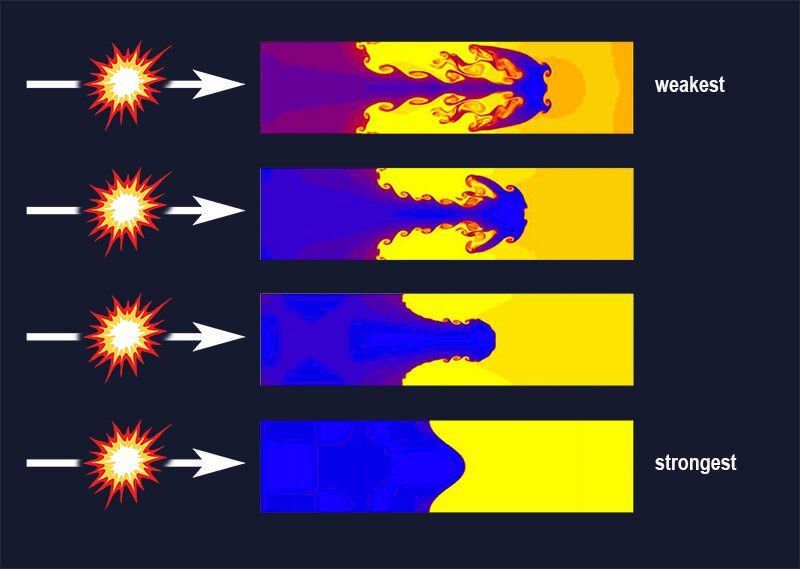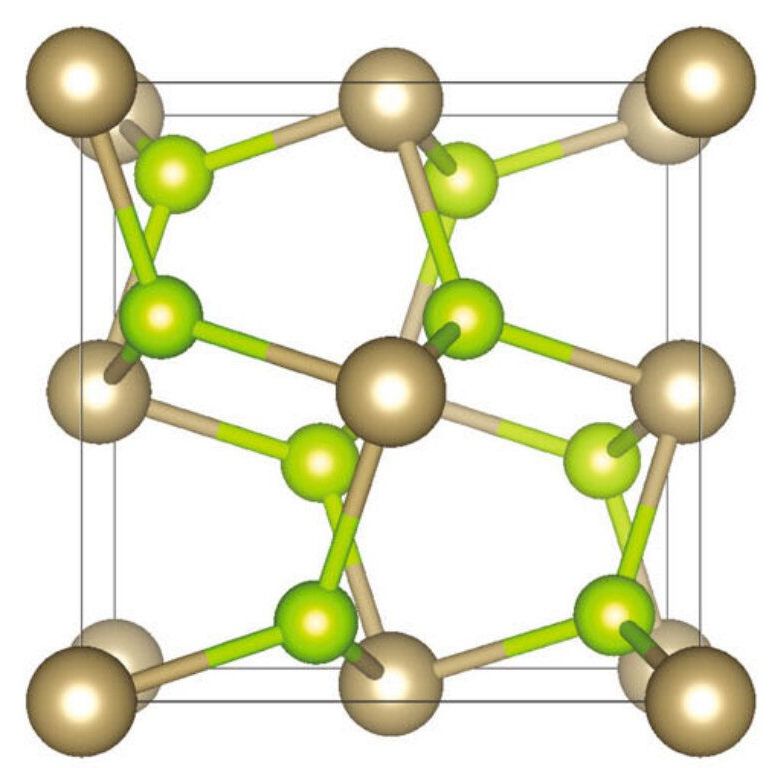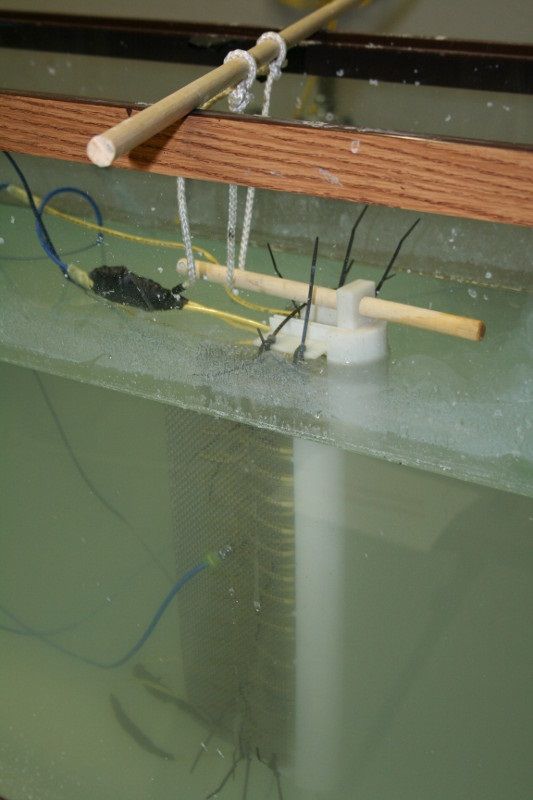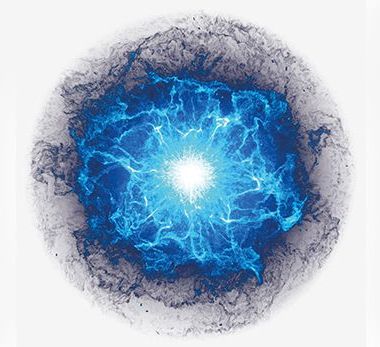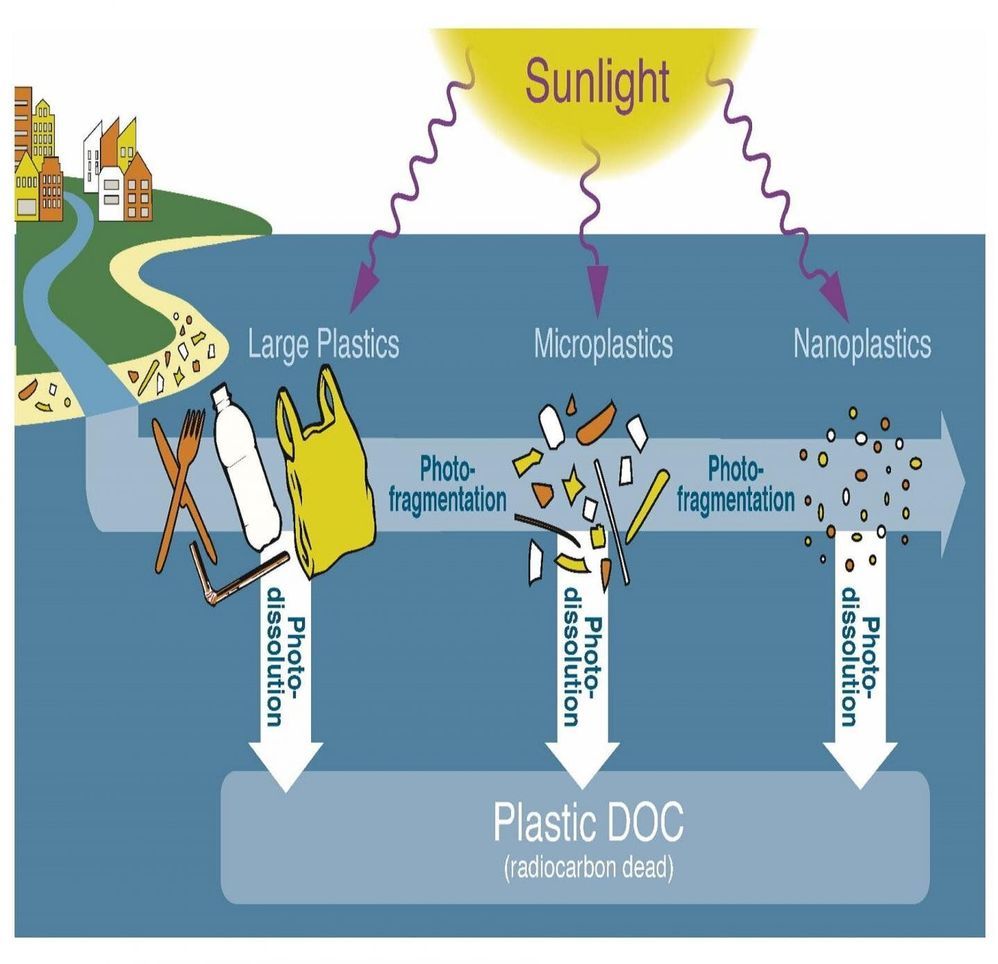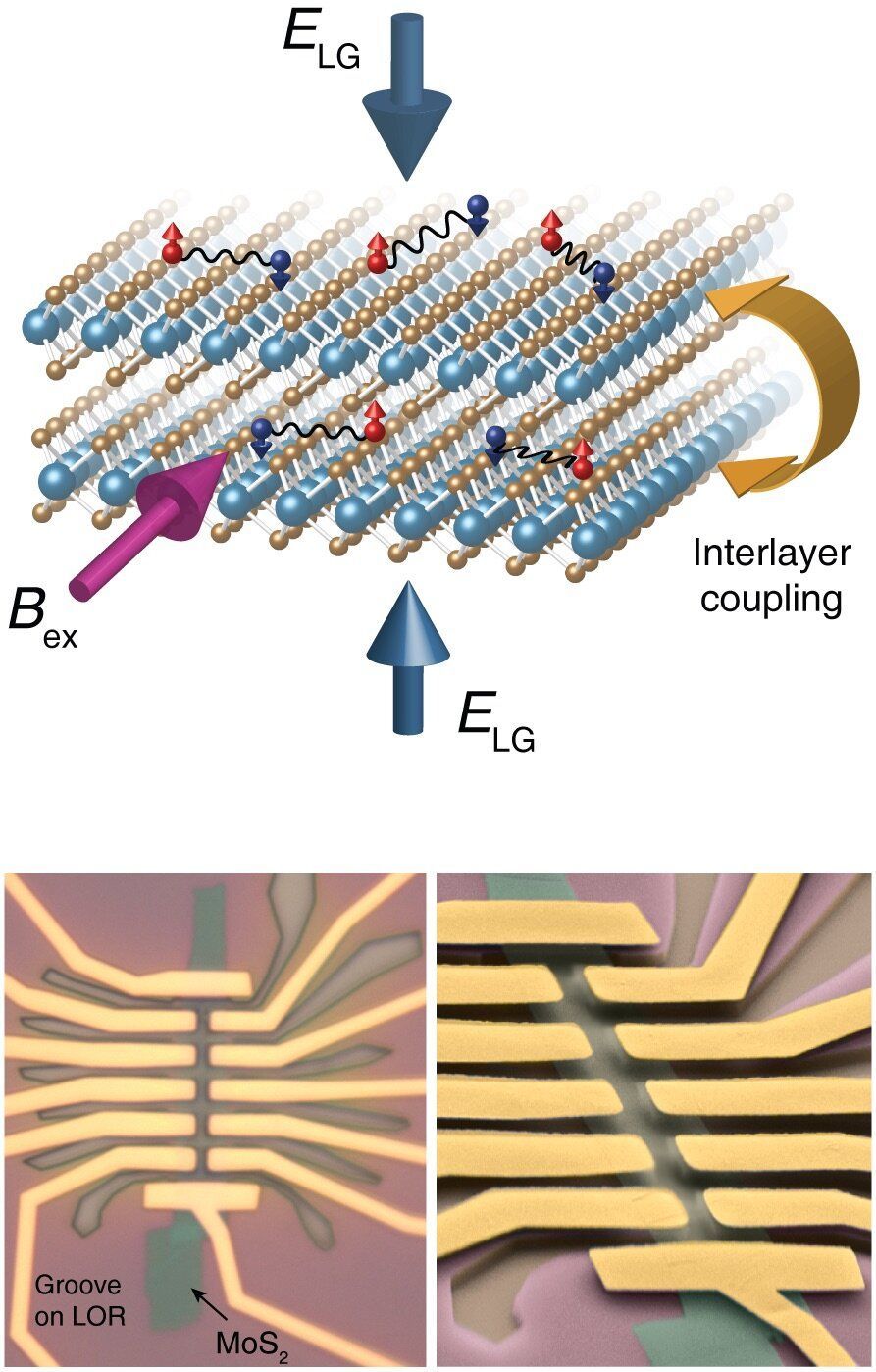Nov 14, 2019
Rapidly compressing lead to planetary-core type pressures found to make it stronger than steel
Posted by Quinn Sena in categories: materials, military
A combined team of researchers from Lawrence Livermore National Laboratory in the U.S. and Atomic Weapons Establishment in the U.K. has found that rapidly compressing lead to planetary-core type pressures makes it stronger than steel. In their paper published in the journal Physical Review Letters, the group describes how they managed to compress the metal so strongly without melting it.
Defining strength in a material is difficult. Strength can refer to a material’s ability withstand bending or breaking under certain conditions. Making things even more complicated is that the strength of any given material can change under varying conditions—such as when heat or compression are applied. In this new effort, the researchers showed just how difficult it can be to nail down how strong a material is—in this case, lead.
Lead is not very strong. Pressing a fingernail against a car’s battery terminal is enough to create indentations, for example. But the researchers with this new effort report that the metal can be strengthened considerably by exerting extreme pressure.
